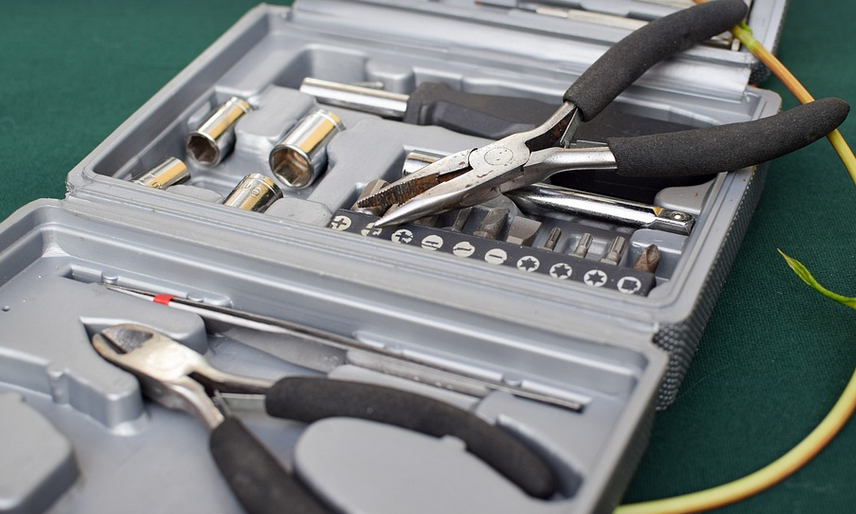A Straightforward Guide for Beginners
Learning to install compression fittings on copper pipes can seem daunting, especially if you’re new to plumbing projects. But fear not, with a little patience and the right instructions, you can tackle this task with confidence. This guide will walk you through the process step-by-step, making it easier than you might think. So, let’s dive into the world of compression fittings!
First things first, equip yourself with the essential tools and materials for a successful installation. These include:
- **Adjustable Wrench:** Essential for tightening the compression nut securely.
- **Pipe Cutters:** For clean, accurate pipe cuts.
- **Copper Pipe Tape (Optional):** Helps prevent leaks when fitting.
- **Compression Fitting Body and Nut:** These are specific to your particular fitting style.
Next, let’s address the key element of this process: understanding compression fittings.
The Magic of Compression Fittings
Compression fittings excel in their ability to create a secure and leak-proof connection between pipes. This magic is achieved through a combination of force and design.
Let’s break down the process:
- **Pipe Preparation:** The very first step involves preparing your copper pipe before you apply the fittings.
Ensure the copper pipes you’re working with are clean and free from any burrs, twists, or kinks. Use a pipe cutter to make accurate cuts if necessary. This ensures proper seating for the compression fitting.
- **Fitting Application:** Now comes the exciting part! Carefully apply your chosen compression fitting according to the instructions provided on the package.
The fitting is designed with a specific angle and shape that allows it to create a tight seal when combined with the pipe.
- **Compression:** Apply your chosen compression nut and tighten it using an adjustable wrench.
This step is crucial in creating a secure pressure-tight connection, and it’s where the magic happens. The force applied to the fitting compresses the copper, sealing the pipe.
With compression fittings, you can create a watertight seal without needing special soldering skills or tools. These fittings are known for their strength and reliability, making them ideal for various plumbing applications.
Safety First: A Few Important Notes
As with any plumbing task, safety should always be your top priority. Here’s a reminder of some essential precautions:
- **Turn off the Water Supply:** Before you begin any work involving water lines, turn off the main valve to prevent leaks or damage.
- **Wear Protective Gear:** Safety glasses and gloves protect your hands from accidental injuries during cutting, installation and tightening of fittings.
- **Check for Leaks:** After every step, inspect for any potential leaks. If you find one, address it immediately to prevent further damage.
Troubleshooting: What If Things Go Wrong?
It’s possible that certain challenges might arise during the installation process. Should this happen, don’t panic! Remember, these are common issues, and there are solutions:
- **Not Tight Enough:** If the fitting feels loose after tightening the nut with an adjustable wrench, you might have applied insufficient pressure. Double-check if it’s properly seated.
- **Leaking: ** If water starts dripping from your pipe after installation, check for any sign of misalignment or improper compression. Ensure the fitting is fully seated and tighten the nut accordingly.
Final Thoughts
Installing compression fittings can feel daunting initially, but with a clear understanding of the process and the right tools, you can tackle this task successfully. Remember, practice makes perfect! The more you install these fittings, the easier it will become, and your plumbing skills will continue to develop.
Resources
For further resources, consider exploring these websites:
- **The Plumbers’ Handbook:** A comprehensive guide for all things plumbing.
- **Youtube Channels:** Numerous plumbing experts share their knowledge through video tutorials, offering a visual yet informative approach.
